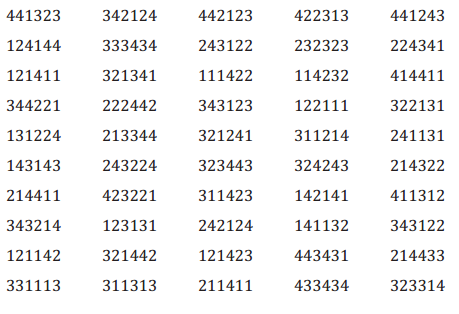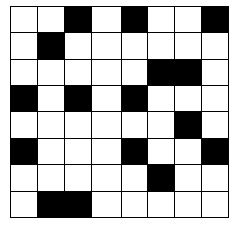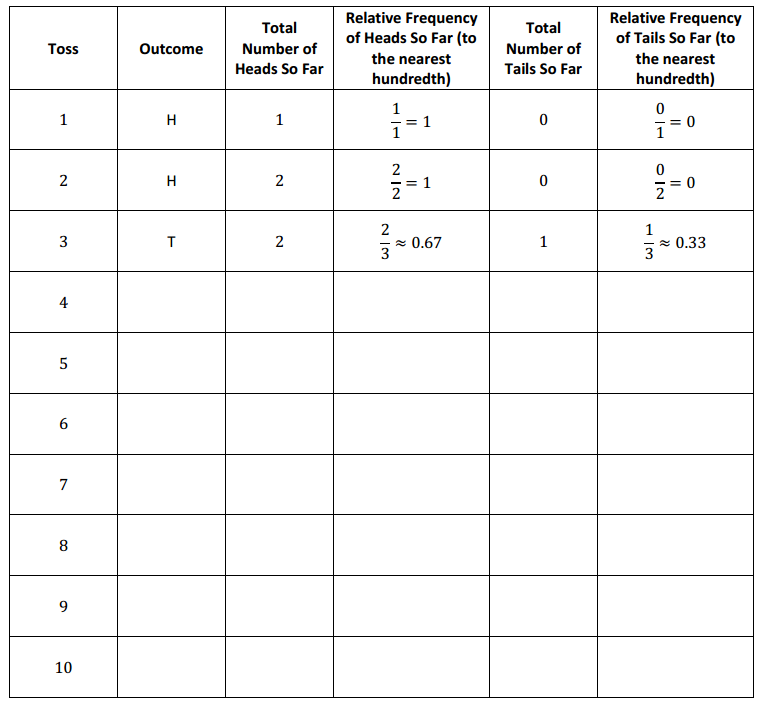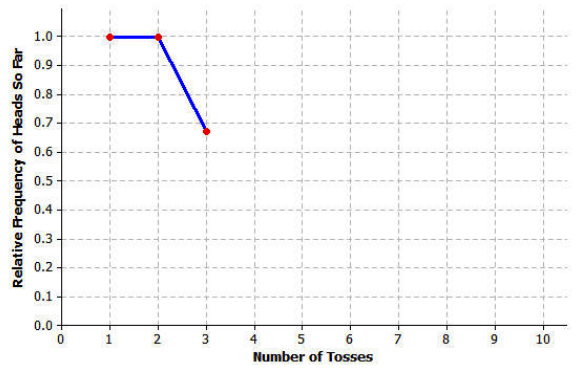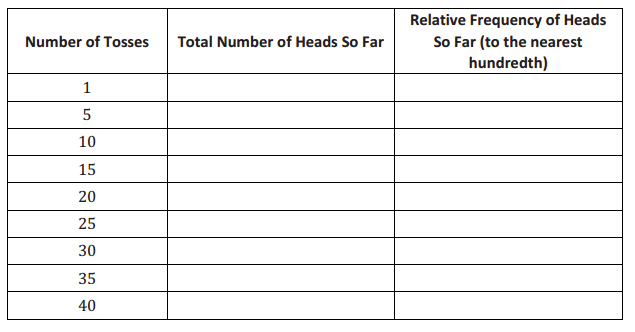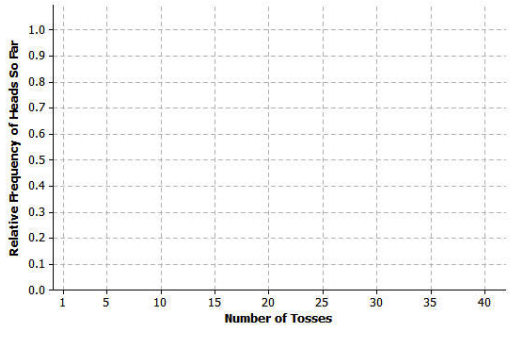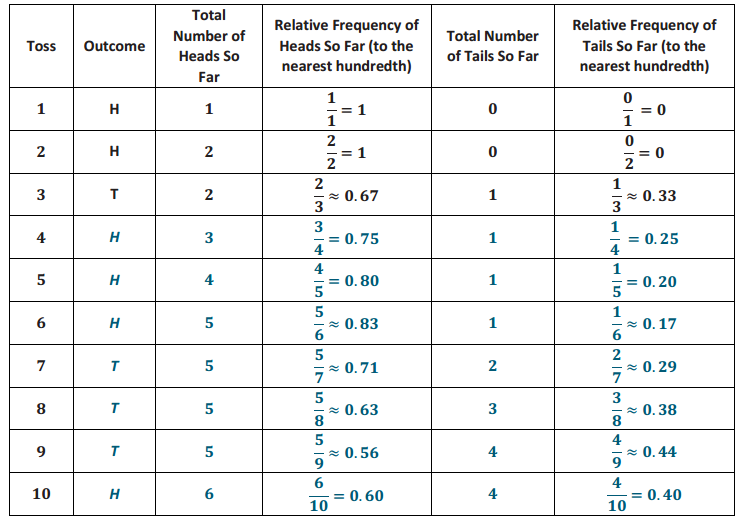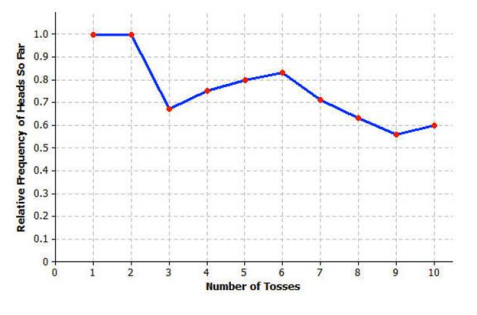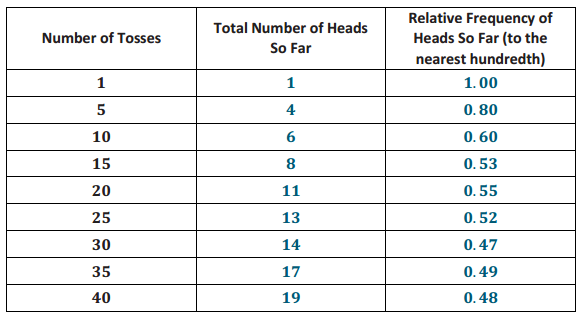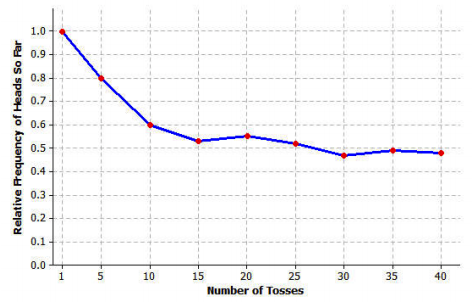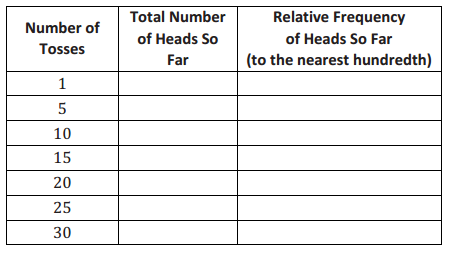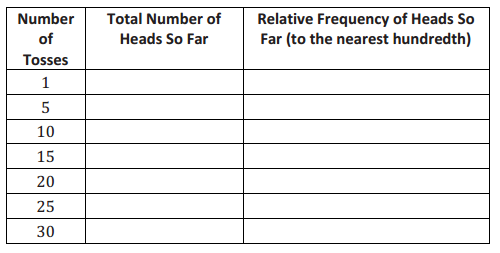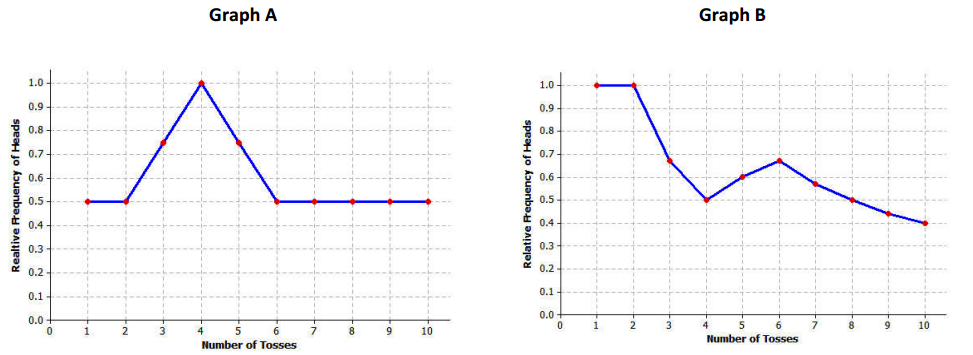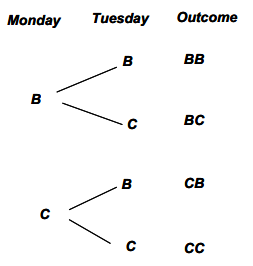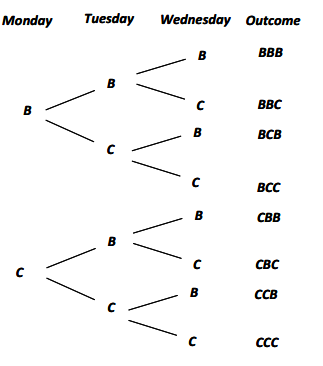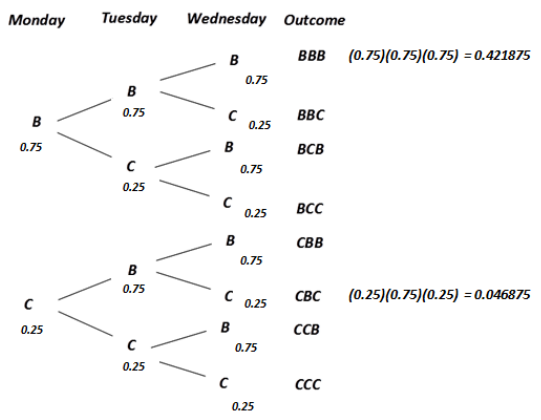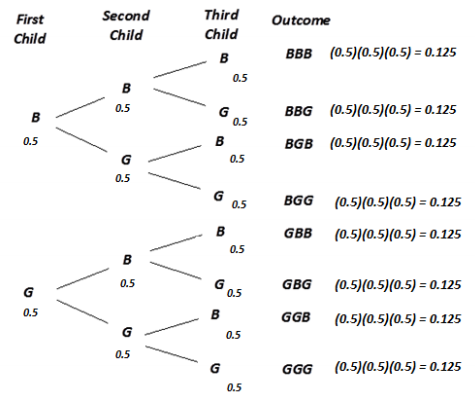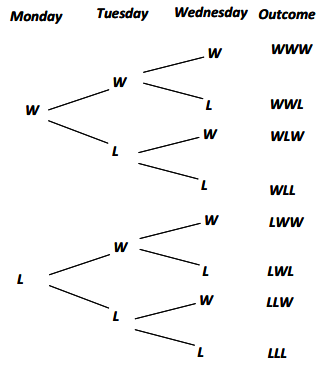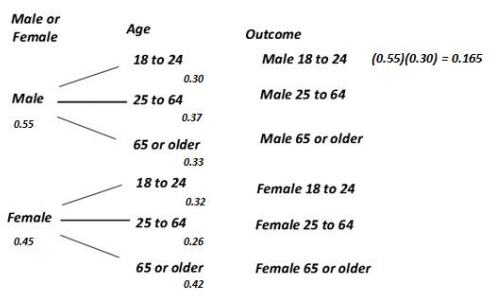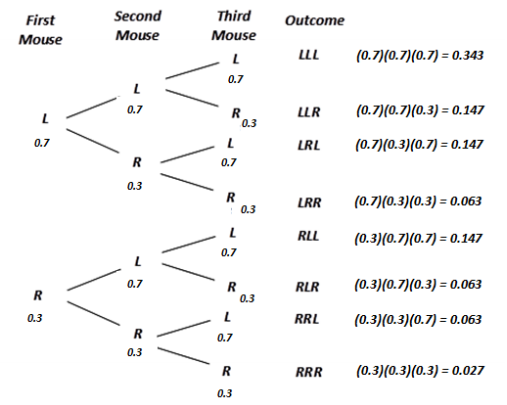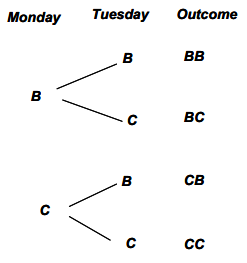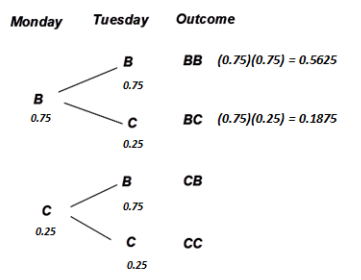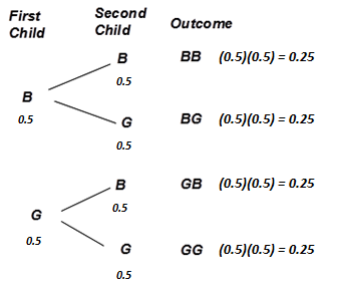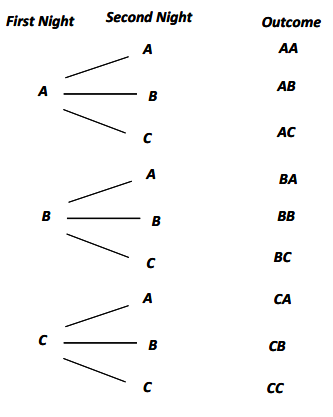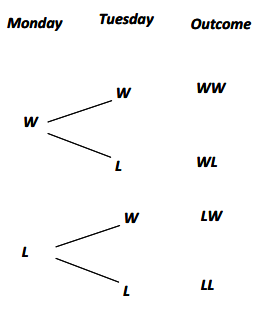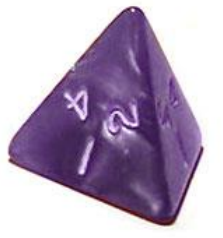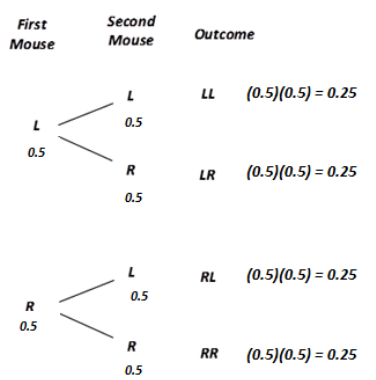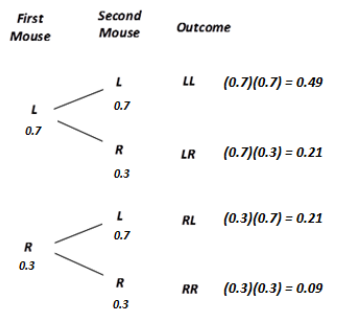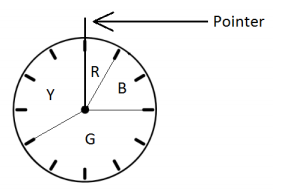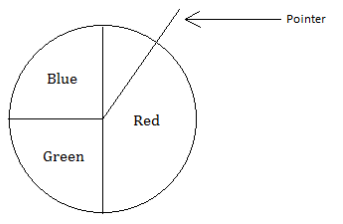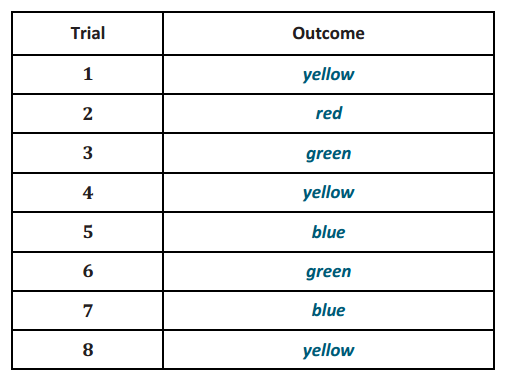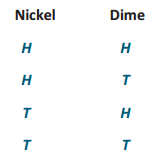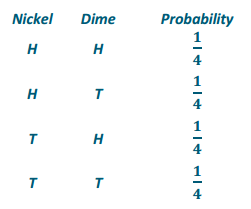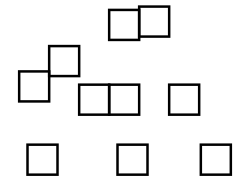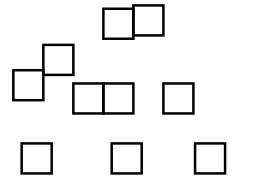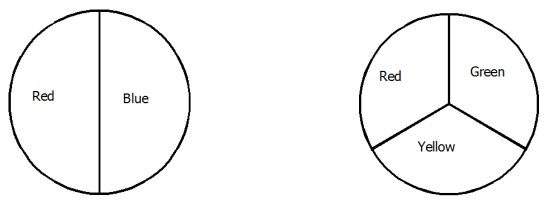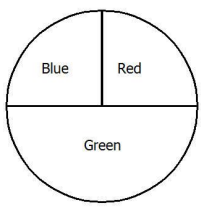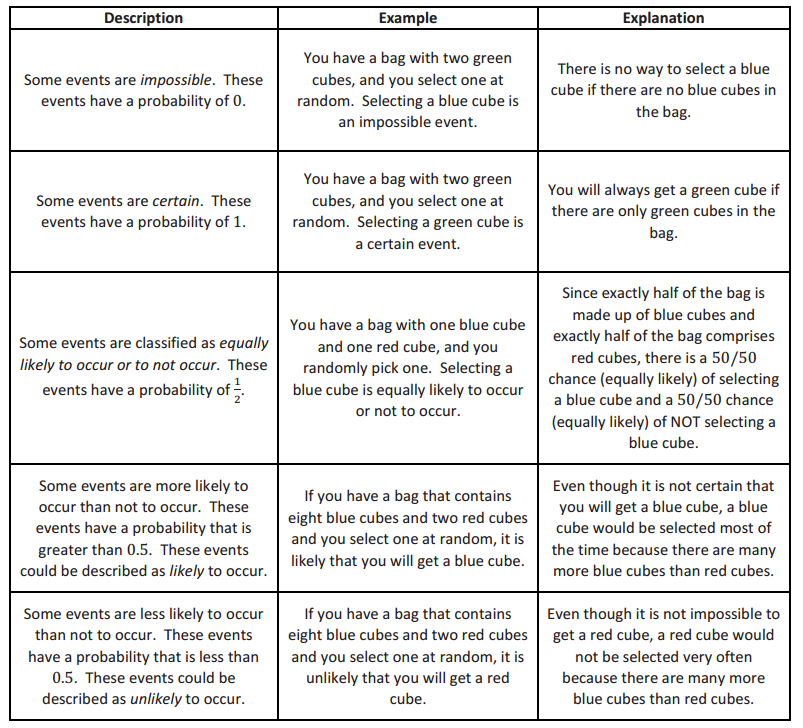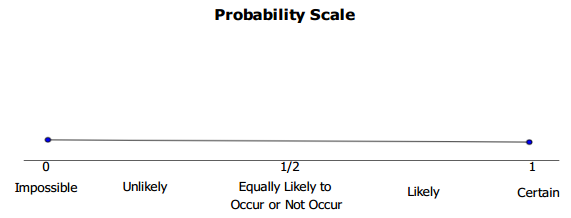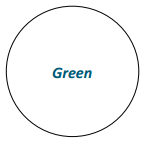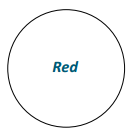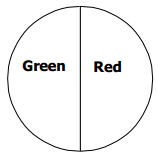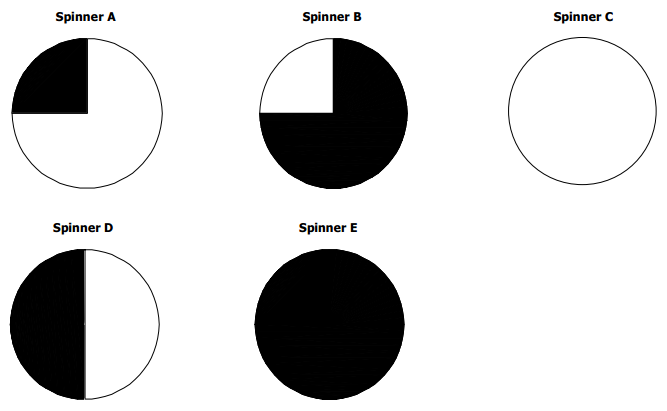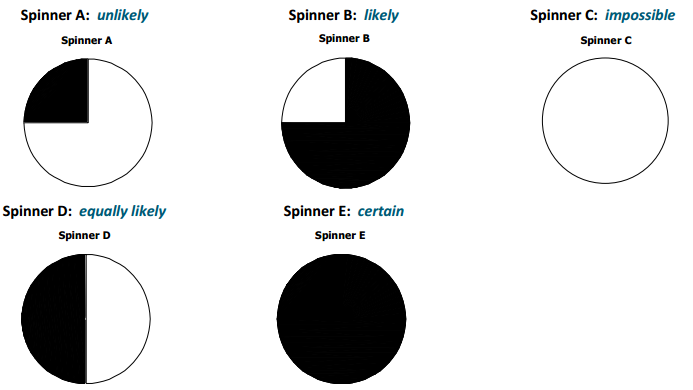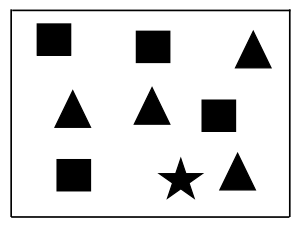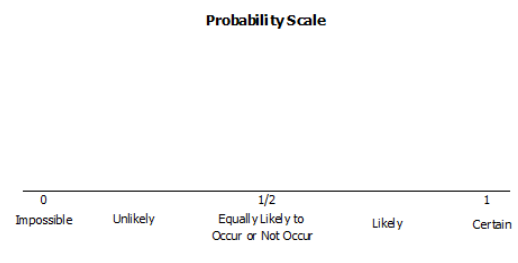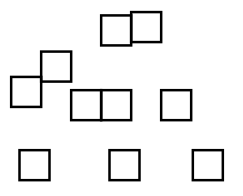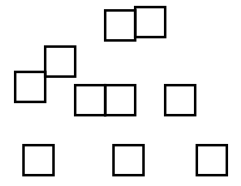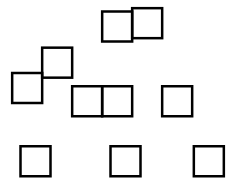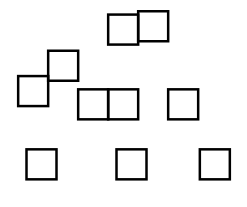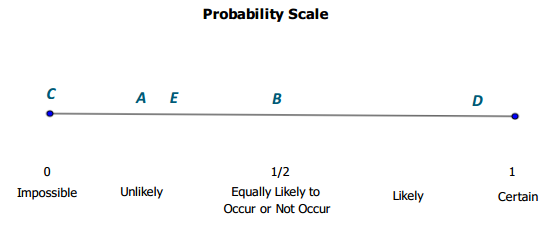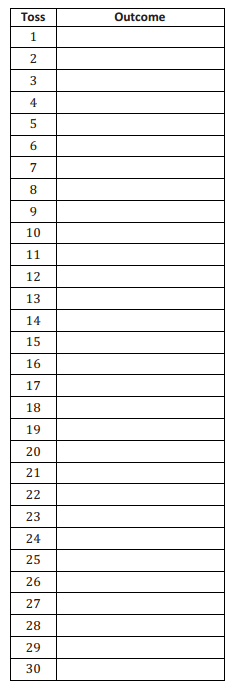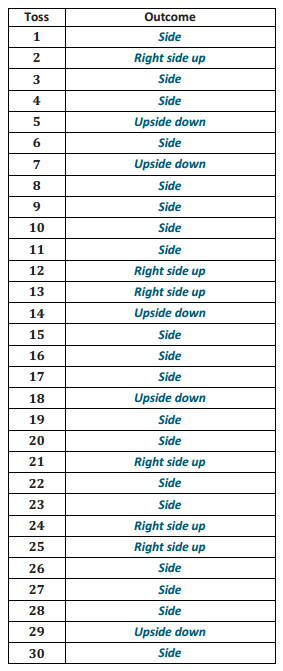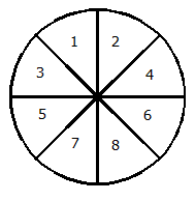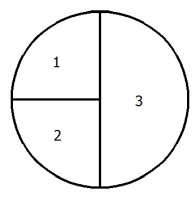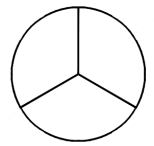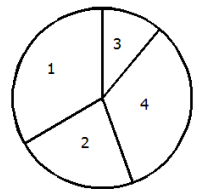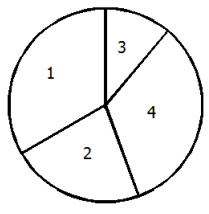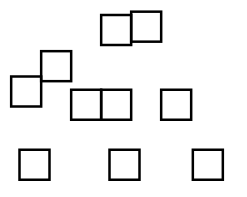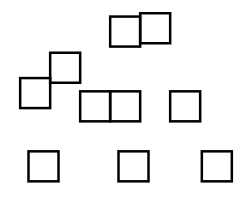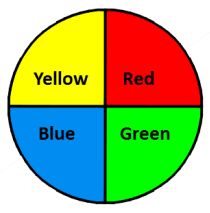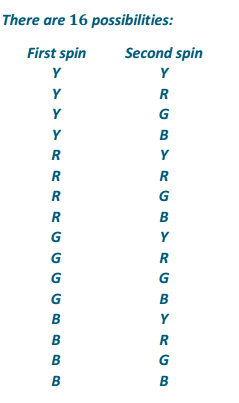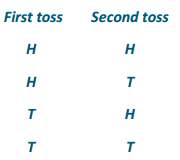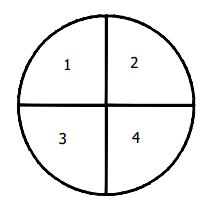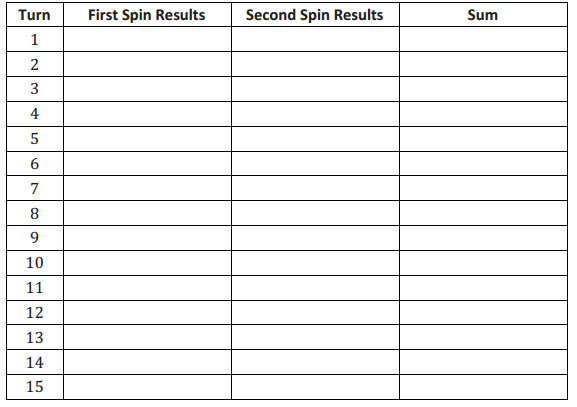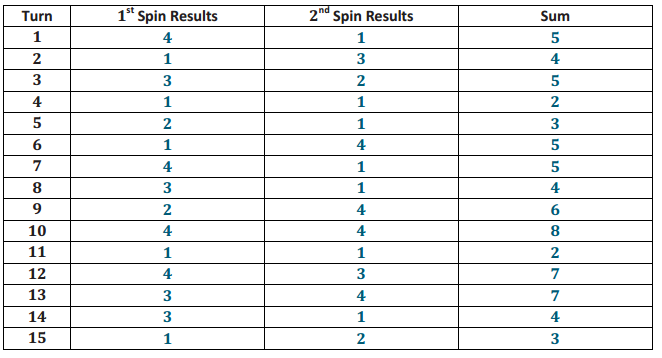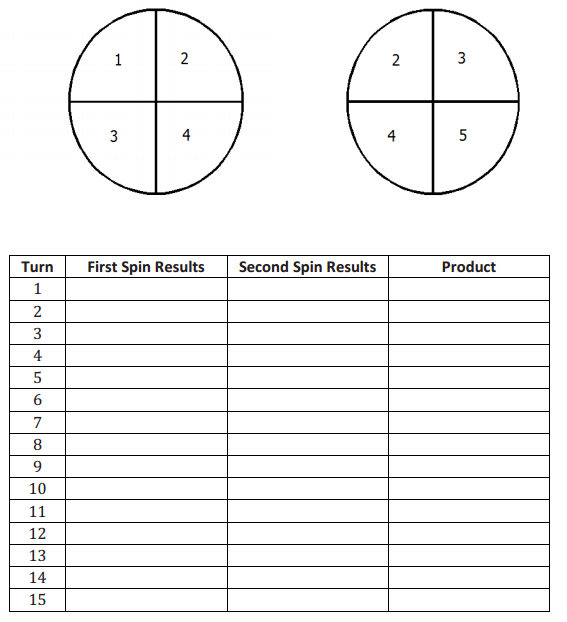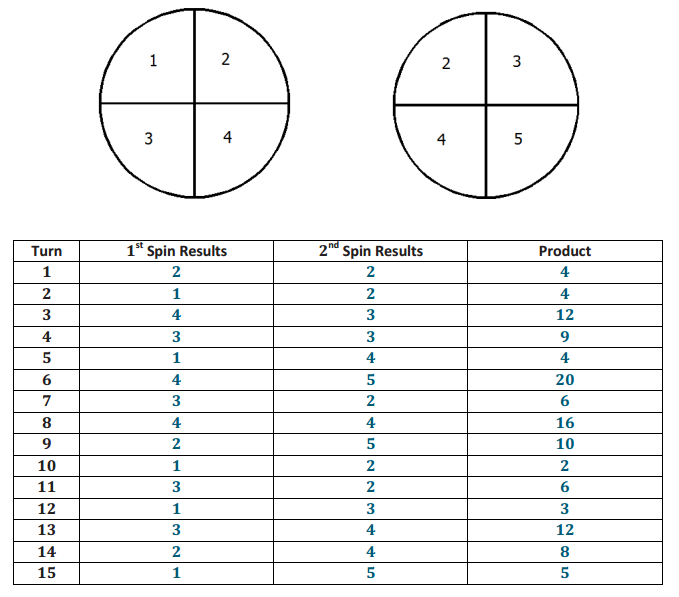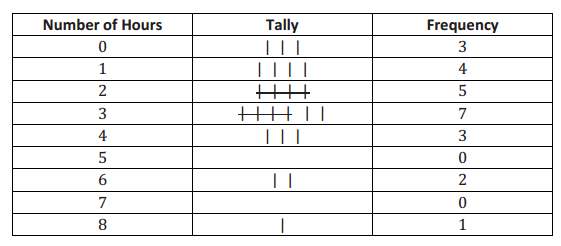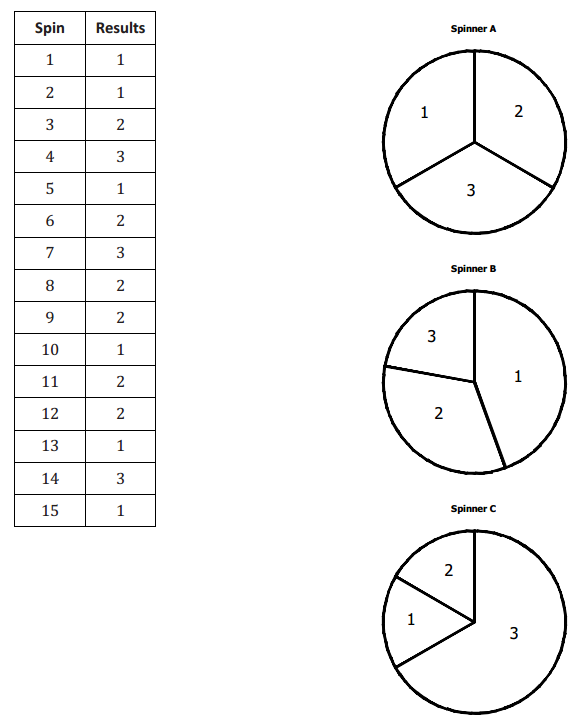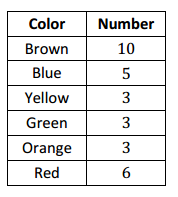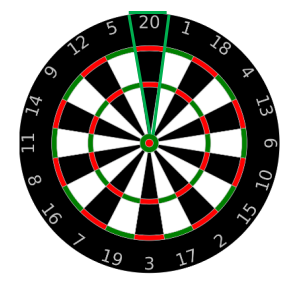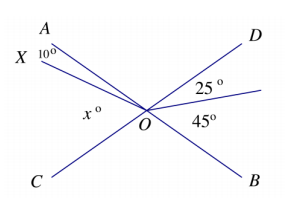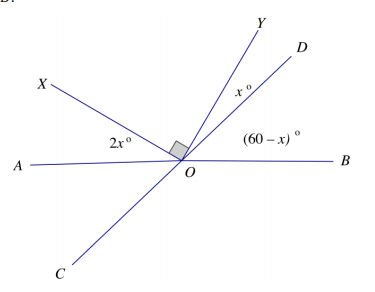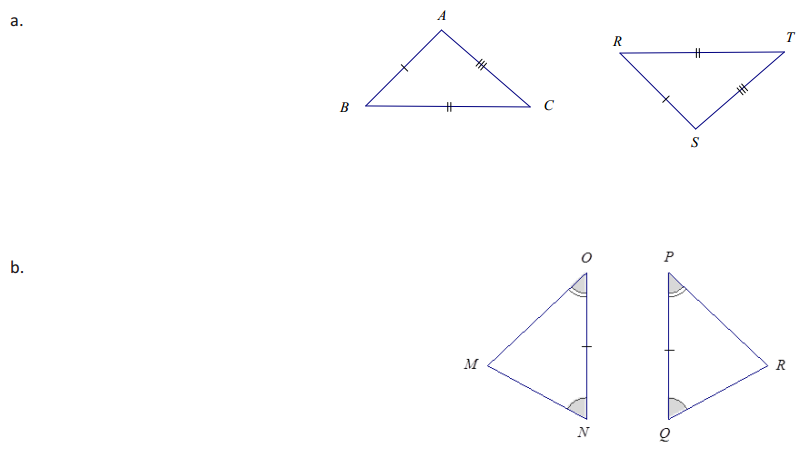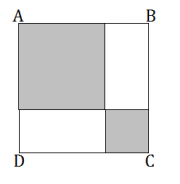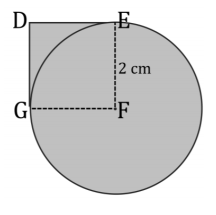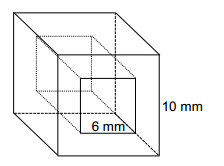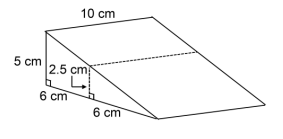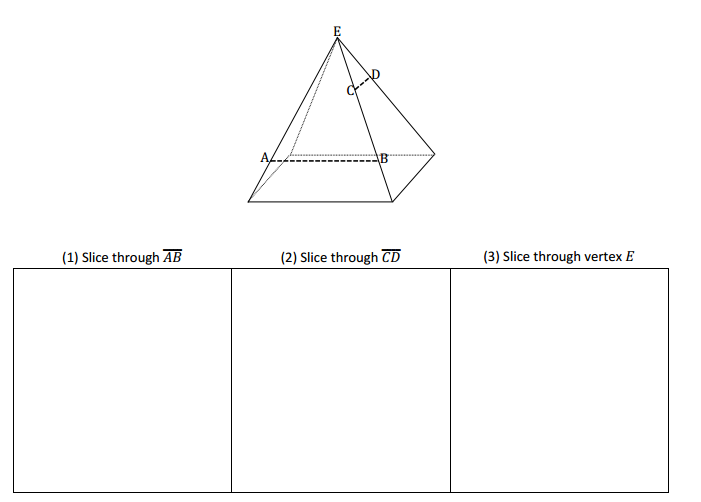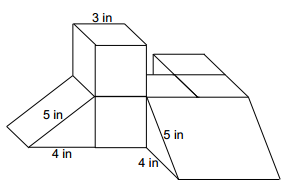Engage NY Eureka Math 7th Grade Module 5 Lesson 13 Answer Key
Eureka Math Grade 7 Module 5 Lesson 13 Exercise Answer Key
Exercises 1–4: Collecting Data
Exercise 1.
Describe what you would do if you had to collect data to investigate the following statistical questions using either a sample statistic or a population characteristic. Explain your reasoning in each case.
a. How might you collect data to answer the question, “Does the soup taste good?”
b. How might you collect data to answer the question, “How many movies do students in your class see in a month?”
c. How might you collect data to answer the question, “What is the median price of a home in our town?”
d. How might you collect data to answer the question, “How many pets do people own in my neighborhood?”
e. How might you collect data to answer the question, “What is the typical number of absences in math classes at your school on a given day?”
f. How might you collect data to answer the question, “What is the typical life span of a particular brand of flashlight battery?”
g. How might you collect data to answer the question, “What percentage of girls and of boys in your school have a curfew?”
h. How might you collect data to answer the question, “What is the most common blood type of students in my class?”
Answer:
a. Taste a teaspoon of soup to check the seasoning.
b. Ask students to write down how many movies they have seen that month, and collect their responses.
c. Find the price of homes listed in the newspaper, and use those data to estimate the median price. Another option is to go to a realty office and get prices for the homes they have listed for sale.
d. Answers might vary depending on where students live. Students living in urban areas with high-rise apartment buildings might ask some people on each floor of the building, unless it is not a pet-friendly building, or people as they go to work in the morning; those living in suburban or rural areas might go door-to-door and ask their neighbors.
e. Ask each math teacher how many students were absent in each of her math classes for a given day.
f. Put some batteries of a particular brand in flashlights, and time how long they last.
g. Ask all students if they have a curfew. Note: Students may find it challenging to ask everyone in the school the question (especially students at large schools). Let students describe how they could use a sample (for example, asking a group of students selected at random from the school directory) to answer the question.
h. Ask students in my class about their blood type.
A population is the entire set of objects (e.g., people, animals, and plants) from which data might be collected. A sample is a subset of the population. Numerical summary values calculated using data from an entire population are called population characteristics. Numerical summary values calculated using data from a sample are called statistics.
Exercise 2.
For which of the scenarios in Exercise 1 did you describe collecting data from a population and which from a sample?
Answer:
Answers will vary depending on the responses. Students should indicate that data on how the soup tastes, median home cost, number of pets, and battery life might be collected from a sample. Data on the average number of movies, number absent from math classes, and most common blood type might be collected from the population.
Exercise 3.
Think about collecting data in the scenarios above. Give at least two reasons you might want to collect data from a sample rather than from the entire population.
Answer:
If you used the whole population, you might use it all up like in the soup and batteries examples. In some cases, a sample can give you all of the information you need. For instance, you only need a sample of soup to determine if the soup in the pot is good because it is the same all the way through. Sometimes it is too hard to collect the data for an entire population. It might cost too much or take too long to ask everyone in a population.
Exercise 4.
Make up a result you might get in response to the situations in Exercise 1, and identify whether the result would be based on a population characteristic or a sample statistic.
a. Does the soup taste good?
b. How many movies do students in your class see in a month?
c. What is the median price of a home in our town?
d. How many pets do people own in my neighborhood?
e. What is the typical number of absences in math classes at your school on a given day?
f. What is the typical life span of a particular brand of flashlight battery?
g. What percentage of girls and of boys in your school have a curfew?
h. What is the most common blood type of students in my class?
Answer:
a. “Yes, but it needs more salt.” The spoonful of soup would be similar to a statistic. (Although it is not really a “statistic,” it is based on a sample, so in that way it is like a statistic.)
b. The mean number of movies was 5; population characteristic
c. $150,000; sample statistic
d. 1 pet; either a population characteristic or a sample statistic (depending on the method used to collect the data)
e. 4 absences (mean or median representing typical); population characteristic
f. 54 hours; sample statistic
g. 65% of the girls and 58% of the boys have a curfew; either a population characteristic or sample statistic depending on the method of collecting data
h. Type O+ is the most common, with 42% of the class having O+; the class is the population, so the 42% would be a population characteristic. (It could be possible to think of the class as a sample of all seventh graders, and then it would be a sample statistic.)
Exercise 5: Population or Sample?
Indicate whether the following statements are summarizing data collected to answer a statistical question from a population or from a sample. Identify references in the statement as population characteristics or sample statistics.
a. 54% of the responders to a poll at a university indicated that wealth needed to be distributed more evenly among people.
b. Does talking on mobile phones while driving distract people? Researchers measured the reaction times of
38 study participants as they talked on mobile phones and found that the average level of distraction from their driving was rated 2.25 out of 5.
c. Did most people living in New York in 2010 have at least a high school education? Based on the data collected from all New York residents in 2010 by the U.S. Census Bureau, 84.6% of people living in New York had at least a high school education.
d. Were there more deaths than births in the United States between July 2011 and July 2012? Data from a health service agency indicated that there were 2% more deaths than births in the United States during that time frame.
e. What is the fifth best-selling book in the United States? Based on the sales of books in the United States, the fifth best-selling book was Oh, the Places You’ll Go! by Dr. Seuss.
Answer:
a. The population would be all students attending the university; poll respondents would be a sample, not the population. 54% would be a sample statistic.
b. The study participants would be a sample. All drivers would be the population; the 2.25 out of 5 would be a sample statistic.
c. The population is all of the people living in New York in 2010; the 84.6% would be a population characteristic.
d. This is a good question to discuss with students. The population would be all people in the United States, but the data probably came from a sample of the population. If necessary, point out to students that a nearly complete census of the United States did not occur in 2011 or 2012; the 2% would be a sample statistic. (Although obtaining the number of births and deaths out of everyone in the United States would be possible for 2011 or 2012, it would be very difficult and is generally done when a national census is conducted.)
e. The population would be a list of all best-selling books in the United States (using some subjective benchmark for “best”); the number of copies sold for each book would need to be known to determine the fifth best-selling book, so this is a population characteristic.
Exercises 6–8: A Census
Exercise 6.
When data are collected from an entire population, it is called a census. The United States takes a census of its population every ten years, with the most recent one occurring in 2010. Go to http://www.census.gov to find the history of the U.S. census.
a. Identify three things that you found to be interesting.
b. Why is the census important in the United States?
Answer:
a. Students might suggest (1) the idea of a census dates back to ancient Egyptian times; (2) the U.S. Constitution mandates a census every 10 years; (3) the first censuses only counted the number of men; and (4) until 1950, all of the counting was done manually.
b. According to the Constitution, the census is important for taxation purposes and in determining the number of representatives each state has in the House of Representatives. Other reasons might include planning for things such as roads and schools.
Exercise 7.
Go to the site: www.census.gov/2010census/popmap/ipmtext.php?fl=36.
Select the state of New York.
a. How many people were living in New York for the 2010 census?
b. Estimate the ratio of those 65 and older to those under 18 years old. Why is this important to think about?
c. Is the ratio a population characteristic or a statistic? Explain your thinking.
Answer:
a. 19,378,102 people
b. The ratio is 2,627,943 to 4,324,929 or about 2.6 to 4.3. It is important because when there are a greater number of older people than younger people, there are fewer workers than people who have to be supported.
c. The ratio is a population characteristic because it is based on data from the entire population of New York State.
Exercise 8.
The American Community Survey (ACS) takes samples from a small percentage of the U.S. population in years between the censuses. (www.census.gov/acs/www/about_the_survey/american_community_survey/)
a. What is the difference between the way the ACS collects information about the U.S. population and the way the U.S. Census Bureau collects information?
b. In 2011, the ACS sampled workers living in New York about commuting to work each day. Why do you think these data are important for the state to know?
c. Suppose that from a sample of 200,000 New York workers, 32,400 reported traveling more than an hour to work each day. From this information, statisticians determined that between 16% and 16.4% of the workers in the state traveled more than an hour to work every day in 2011. If there were 8,437,512 workers in the entire population, about how many traveled more than an hour to work each day?
d. Reasoning from a sample to the population is called making an inference about a population characteristic. Identify the statistic involved in making the inference in part (c).
The data about traveling time to work suggest that across the United States typically between 79.8% and 80% of commuters travel alone, 10% to 10.2% carpool, and 4.9% to 5.1% use public transportation. Survey your classmates to find out how a worker in their families gets to work. How do the results compare to the national data? What might explain any differences?
Answer:
a. The ACS obtains its results from a small percentage of the U.S. population, while the Census Bureau attempts to obtain its results from the entire population.
b. In order to plan for the best ways to travel, communities need to know how many people are using the roads, which roads, whether they travel by public transportation, and so on.
c. Between about 1,350,002 and 1,383,752 people
d. The sample statistic is \(\frac{32,400}{200,000}\), or 16.2%.
e. Answers will vary. Reasons for the differences largely depend on the type of community in which students live. Those living near a large metropolitan area, such as Washington, D.C., or New York City, may have lots of commuters using public transportation, while those living in other areas, such as Milwaukee, WI, do not have many public transportation options.
Eureka Math Grade 7 Module 5 Lesson 13 Problem Set Answer Key
Question 1.
The lunch program at Blake Middle School is being revised to align with the new nutritional standards that reduce calories and increase servings of fruits and vegetables. The administration decided to do a census of all students at Blake Middle School by giving a survey to all students about the school lunches.
http://frac.org/federal-foodnutrition-programs/school-breakfast-program/school-meal-nutrition-standards
a. Name some questions that you would include in the survey. Explain why you think those questions would be important to ask.
b. Read through the paragraph below that describes some of the survey results. Then, identify the population characteristics and the sample statistics.
About \(\frac{3}{4}\) of the students surveyed eat the school lunch regularly. The median number of days per month that students at Blake Middle School ate a school lunch was 18 days. 36% of students responded that their favorite fruit is bananas. The survey results for Tanya’s seventh-grade homeroom showed that the median number of days per month that her classmates ate lunch at school was 22, and only 20% liked bananas. The fiesta salad was approved by 78% of the group of students who tried it, but when it was put on the lunch menu, only 40% of the students liked it. Of the seventh graders as a whole, 73% liked spicy jicama strips, but only 2 out of 5 of all the middle school students liked them.
Answer:
a. Answers will vary. Possibilities include the following: How often do you eat the school lunch? Do you ever bring your lunch from home? What is your favorite food? Would you eat salads if they were served? What do you drink with your lunch? What do you like about our lunches now? What would you change? Explanations would vary but might include the need to find out how many students actually eat school lunch and if the lunches were different, would more students eat school lunch? What types of food should be served so more people will eat it?
b. Population characteristics: \(\frac{3}{4}\) eat school lunch; the median number of days is 18; 36% like bananas; 40% liked fiesta salad; 2 out of 5 liked spicy jicama strips.
Sample statistics: Tanya’s homeroom median number of days is 22; 20% liked bananas; 78% liked fiesta salad in trial; 73% of seventh graders liked spicy jicama strips.
Question 2.
For each of the following questions, (1) describe how you would collect data to answer the question, and (2) describe whether it would result in a sample statistic or a population characteristic.
a. Where should the eighth-grade class go for its class trip?
b. What is the average number of pets per family for families that live in your town?
c. If people tried a new diet, what percentage would have an improvement in cholesterol reading?
d. What is the average grade point of students who got accepted to a particular state university?
e. What is a typical number of home runs hit in a particular season for major league baseball players?
Answer:
a. All eighth-grade students would be surveyed. The result would be a population characteristic.
Possibly only students in a certain classroom or students of a particular teacher would be surveyed.
The students surveyed would be a sample, and the result would be a sample statistic.
b. Data would be collected from families responding to a survey at a local food store. Data would be a sample, and the result would be a sample statistic.
It is possible that a town is small enough to survey each family that owns a pet. If this is the case, the people surveyed would be the population, and the result would be a population characteristic.
c. Data would be collected from people at a local health center. The people surveyed using the new diet would be a sample, and the result would be a sample statistic.
It is possible that all people involved with this new diet were identified and agreed to complete the survey. The people surveyed would then be the population, and the result would be a population characteristic.
d. The data would typically come from the grade point averages of all entering freshmen at a particular state university. The result would be a population characteristic.
It may have been possible to survey only a limited number of students who registered or applied.
The students responding to the survey would be a sample, and the result would be a sample statistic.
e. This answer would come from examining the population of all major league hitters for that season; it would be a population characteristic.
Question 3.
Identify a question that would lead to collecting data from the given set as a population and a question where the data could be a sample from a larger population.
a. All students in your school
b. Your state
Answer:
a. The school might be the population when considering what to serve for school lunch or what kind of speaker to bring for an all-school assembly.
The school might be a sample when considering how students in the state did on the algebra portion of the state assessment or what percent of students engage in extracurricular activities.
b. The percent of students who drop out of school would be calculated from data for the population of all students in schools; how people were likely to vote in the coming election could use the state as a sample of an area of the country.
Question 4.
Suppose that researchers sampled attendees of a certain movie and found that the mean age was 17 years old. Based on this observation, which of the following would be most likely?
a. The mean age of all of the people who went to see the movie was 17 years old.
b. About a fourth of the people who went to see the movie were older than 51.
c. The mean age of all people who went to see the movie would probably be in an interval around 17 years of age, that is, between 15 and 19.
d. The median age of those who attended the movie was 17 years old as well.
Answer:
Answer (c) would be most likely because the sample would not give an exact value for the whole population.
Question 5.
The headlines proclaimed: “Education Impacts Work-Life Earnings Five Times More Than Other Demographic Factors, Census Bureau Reports.” According to a U.S. Census Bureau study, education levels had more effect on earnings over a 40-year span in the workforce than any other demographic factor. www.census.gov/newsroom/releases/archives/education/cb11-153.html
a. The article stated that the estimated impact on annual earnings between a professional degree and an
eighth-grade education was roughly five times the impact of gender, which was $13,000. What would the difference in annual earnings be with a professional degree and with an eighth-grade education?
b. Explain whether you think the data are from a population or a sample, and identify either the population characteristic or the sample statistic.
Answer:
a. About $65,000 a year
b. The data probably came from a sample since the report was a study and not just about the population, so the numbers are probably sample statistics.
Eureka Math Grade 7 Module 5 Lesson 13 Exit Ticket Answer Key
Question 1.
What is the difference between a population characteristic and a sample statistic? Give an example to support your answer. Clearly identify the population and sample in your example.
Answer:
A population characteristic is a summary measure that describes some feature of population, the entire set of things or objects from which data might be collected. A sample statistic is a summary measure that describes a feature of some subset of the population. For example, the population could be all of the students in school, and a population characteristic could be the month in which most of the students were born. A sample of students could be those that had mathematics during the fifth block in their schedules, and a sample statistic could be their grade point averages.





